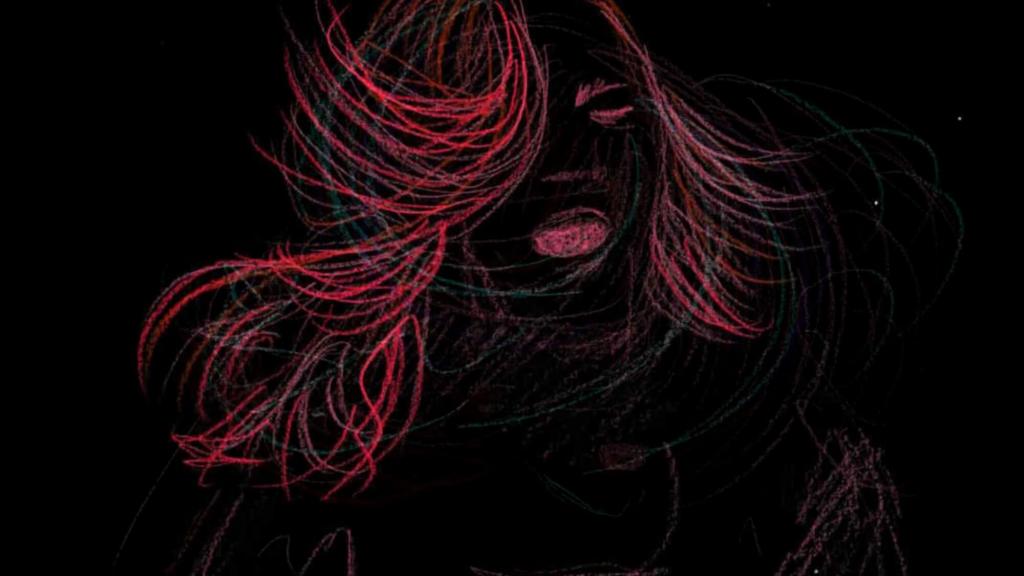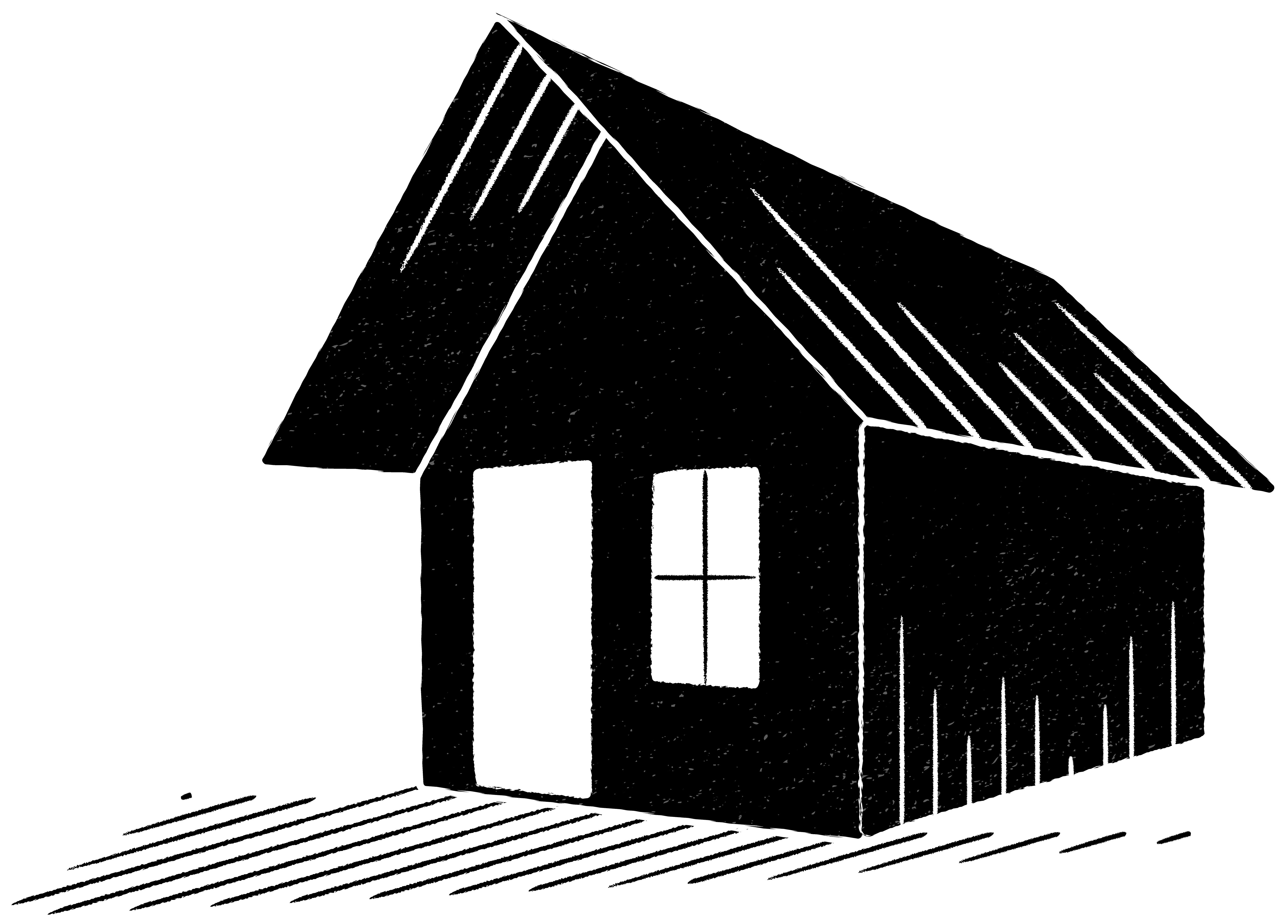In a clever blend of form and genre, Director Kieran Nolan Jones successfully merges his fascination with horror with poignant documentary. Jelly Brain sees Jones tackle the personal story of his mother’s traumatic injury and the difficulty his family faced in its aftermath. It’s a difficult watch at times but the honesty at play speaks volumes. Jones tells his story through archival footage and surreal animation which gives the short documentary a free-form flow, allowing it to balance a fine line of being both deeply moving and quietly unsettling. Twelve Cabins spoke with Jones about his love of horror, his decision to use multiple artistic formats, and the reaction his personal account has garnered.
What inspired you to blend both horror and documentary for Jelly Brain?
The horror-doc hybrid genre has been one that has fascinated my for a long while. Ever since watching a ropey yet terrifying home invasion reconstruction on a British TV show called Crimewatch when I was very young, I have been morbidly enthralled and disturbed by horror which is true for the people experiencing it, whether that be in the realms of true crime or the supernatural. For me, horror is a genre which is a catalyst to confront the darkest reaches of your mind and your most crippling fears. The direct aftermath of the accident was the most scared I have ever been in my life. Losing my mother one day is the biggest fear I wrestle with on a daily basis. This fear is enhanced more so by the fact I know it is inevitable I will lose her someday.
When Mom was initially released from hospital it was like there was a complete stranger in our home. As the days went on, it was clear her personality had become somewhat warped and that was incredibly unsettling and upsetting for me and my sister. It is then I realised that true life horror is the horror which is closest to home, it’s the insidious illnesses or injuries which affect your loved ones which really get under your skin and scare you. Whilst in this grip of fear and twinned with my natural instincts as a horror filmmaker and fan, it felt like the most natural thing to fuse the two genres.
What was the incentive behind your decision to include multiple film styles?
One of the biggest joys of documentary filmmaking for me is the ability to utilise a vast array of visual tools to craft a mood and story. In Jelly Brain we used personal interviews, home video footage, archive footage and surreal animation which in a way is unsettling because it crafts an intense level of intimacy between the audience and us as a family. With the unseen monster & hero of the film being the brain itself, having several styles to manipulate the narrative with was incredibly freeing creatively and helpful.

How have you found the reactions to Jelly Brain from both friends and family?
I have been blown away with the reaction to the film, especially as it’s my first film as a Director. I am incredibly humbled and always taken aback when I hear people’s reactions to our little doc. It was an incredibly cathartic experience making the film and both me and my family feel like it’s a great way to acknowledge and bury the hurt the accident caused us and look forward to a hopeful future.
What conversations were you having with Harriet when developing the animation?
Both Harriet and I agreed that animation is often viewed as medium steeped in the fantastical but actually, it is the perfect tool for documentary film, in its ability to render the human psyche in visual form. Subjective experiences can be described in ways that live-action filmmaking cannot. Though the animated sequences are not necessarily literal interpretations of events, they are a surreal means to capture a feeling, an emotional state or a sense of terror, which I think Harriet captured perfectly.
Can you see yourself returning to the horror-meets-documentary subgenre in the future?
Absolutely! Blending fiction and documentary and crafting personal true life nightmares is a huge passion of mine. I have numerous projects lined up as both a Director and Producer which interweave the supernatural with both true crime and the human experience.

What draws you back to the horror genre time and time again?
I think I came to the horror genre quite late in life. The first horror film I ever watched whilst staying at a relative’s when I was around six, was Mary Lambert’s Pet Semetary and that was the first time I remember feeling petrified and being chilled to the bone, especially during the infamous truck scene. Growing up I always enjoyed horror and the dark sides of fantasy films, novels etc. but I was never an avid watcher until I saw James Wan’s Insidious whilst I was a fresher at University. Watching a haunted house thrill-ride such as that really opened my eyes to how entertaining horror could be. I unashamedly love a jump scare what can I say? As I began to delve further into the genre by watching modern classics such as Jacob’s Ladder, Let the Right One In and The Witch I became obsessed with horror as the most beautiful of art forms and how fun it is to scare an audience as a filmmaker.
What can we expect for you in the near future?
At the moment I am developing my next couple projects as a Director which range from fiction films which fuse mythology with social realism and scary documentaries. On the producing side I have a short period gothic horror film set up at the BFI and I am producing short stop motion animated documentary-horror film exploring the phenomenon of ‘Imaginary Friends’.
Jelly Brain was programmed by the Twelve Cabins team after being sent through our submissions route on FilmFreeway. If you’d like to see your film on our pages, submit here.
